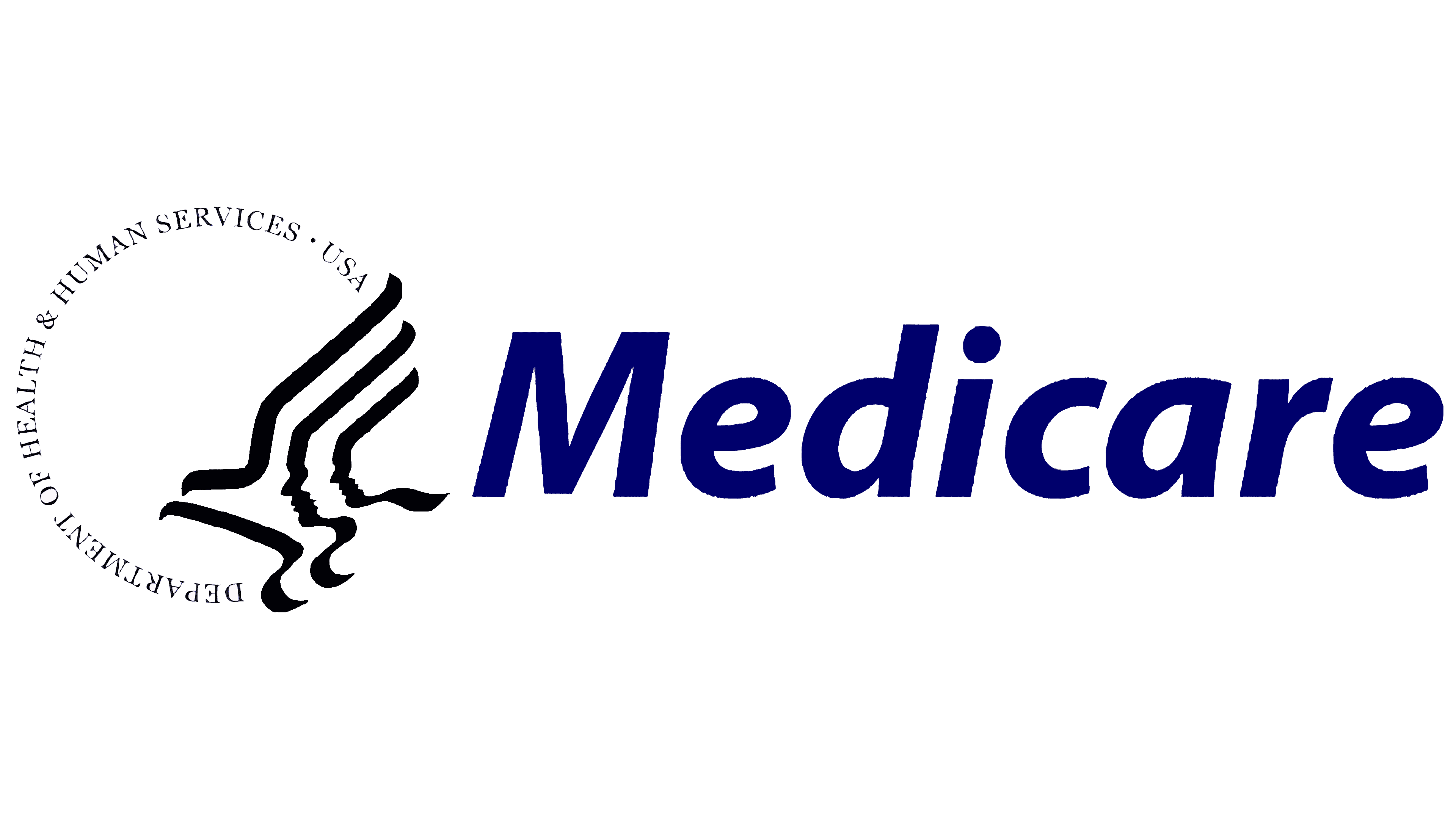M5 -Assignment # 4- Adverse Selection vs. Favorable Selection
(M5 -Assignment # 4- Adverse Selection vs. Favorable Selection)
Student’s Name:
Institution of Affiliation:
Course Code + Course Title
Instructor’s Name:
Assignment Due Date:

M5 -Assignment # 4- Adverse Selection vs. Favorable Selection
Adverse selection occurs when vendors have information that customers do not or when customers possess information that sellers do not. This circumstance uses asymmetric information, also known as information failure, that happens when one side of a transaction knows more about the relevant subject matter than the other. Typically, the selling party has more knowledge (Hayes, 2022). High-risk patients frequently choose life insurance or insurance with higher premiums when buying insurance. Due to consumers’ lack of informational support from insurers and the resulting asymmetries in insurance plans, adverse selection typically increases costs. Adverse selection results in plan price distortions in the health insurance marketplaces, which makes it ineffective to sort clients among health plans. Medicare and other stakeholders should be aware of this and exercise caution because adverse selection increases the insurer’s risk of incurring losses from the anticipated claims (Cliff et al., 2022). These circumstances raise premiums, which worsen adverse selection when healthy people choose not to get the increasingly expensive insurance.
Favorable or advantageous selection utilizes information about service consumption patterns and assumes that those with high mortality risks will not acquire life insurance. In other words, beneficiaries whose costs were below average after accounting for specific demographics and clinical characteristics disproportionately opted for Medicare Advantage, while beneficiaries whose costs were above average disproportionately opted for traditional Medicare (Newhouse et al., 2016). It is anticipated that a specific patient population would use fewer medical services than was anticipated. Regarding favorable selection in HMO plans and Medicare programs, research indicates persistent evidence of strong favorable HMO selection. A favorable HMO selection happens if Medicare HMOs draw a disproportionate number of relatively healthy Medicare enrollees inside the payment “cells” designated by the risk adjustment variables within that payment formula (Goldberg et al., 2017). The evidence indicates that HMO enrollees had considerably lower pre-enrollment healthcare service utilization, reduced post-enrollment mortality rates, and increased self-reported health and functional status than those individuals who stayed in FFS.
References
Cliff, B. Q., Miller, S., Kullgren, J. T., Ayanian, J. Z., & Hirth, R. A. (2022). Adverse selection in Medicaid: evidence from discontinuous program rules. American Journal of Health Economics, 8(1), 127-150. https://www.nber.org/system/files/working_papers/w28762/w28762.pdf
Goldberg, E. M., Trivedi, A. N., Mor, V., Jung, H. Y., & Rahman, M. (2017). Favorable risk selection in Medicare Advantage: trends in mortality and plan exits among nursing home beneficiaries. Medical Care Research and Review, 74(6), 736-749. https://pubmed.ncbi.nlm.nih.gov/27516452/
Hayes, A. (2022). Adverse selection: definition, how it works, and the lemons problem. https://www.investopedia.com/terms/a/adverseselection.asp#:~:text=Adverse%20selection%20occurs%20when%20one,profitable%20or%20riskier%20market%20segments.
Newhouse, J. P., Price, M., Huang, J., McWilliams, J. M., & Hsu, J. (2016). Steps to reduce favorable risk selection in medicare advantage largely succeeded, boding well for health insurance exchanges. Health affairs (Project Hope), 31(12), 2618–2628. https://doi.org/10.1377/hlthaff.2012.0345



